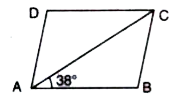
ABCD is a rhombus. If find:
(i)
(ii)
(iii) .
The correct Answer is:(i)
(ii)
(iii) .
Step by step video, text & image solution for ABCD is a rhombus. If angleBAC=38^(@), find: (i) angleACB (ii) angleDAC (iii) angleADC. by Maths experts to help you in doubts & scoring excellent marks in Class 8 exams.
Updated on:21/07/2023Topper's Solved these Questions
Similar Questions
Knowledge Check
From the following figure, find
(i)x
(ii) ∠ABC
(iii) ∠ACD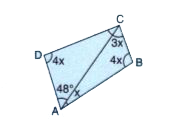 A(i) x=18∘
A(i) x=18∘
(ii)∠ABC=124∘
(iii) ∠ACD=30∘B(i) x=16∘
(ii)∠ABC=104∘
(iii) ∠ACD=28∘C(i) x=26∘
(ii)∠ABC=114∘
(iii) ∠ACD=36∘D(i) x=26∘
(ii)∠ABC=104∘
(iii) ∠ACD=28∘
In the given figure, ABCDE is a pentagone inscribed in a circle such that AC is a diameter and side BC//AE. If ∠BAC=50∘, find giving reasons :
(i) ∠ACB
(ii) ∠EDC
(iii) ∠BEC
Hence prove that BE is also a diameter.
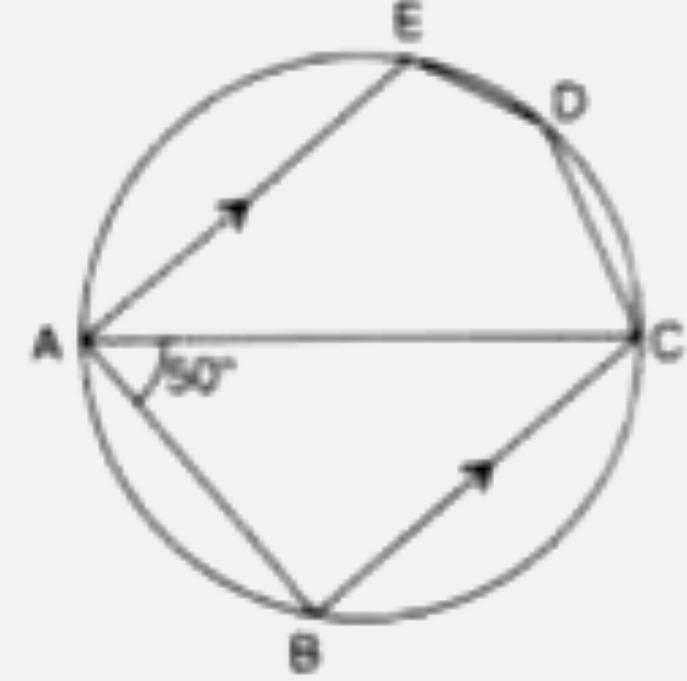
View SolutionIn a rhombus ABCD if ∠ACB=40∘, then fine ∠ADC.
View Solution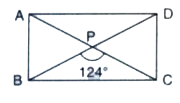
ABCD is a rectangle.
If ∠BPC=124∘.
Calculate:
(i) ∠BAP
(ii) ∠ADP.
View SolutionIn ΔABC sides AB and C are produced to D and E respectively. Bisectors of exterior angles so formed interest each other at point I. If ∠BAC=80∘and∠ACB=50∘ Find,
(i)∠ECB
(ii) ∠DBC
(iii) ∠ICB
(iv) ∠IBC
(v) ∠BIC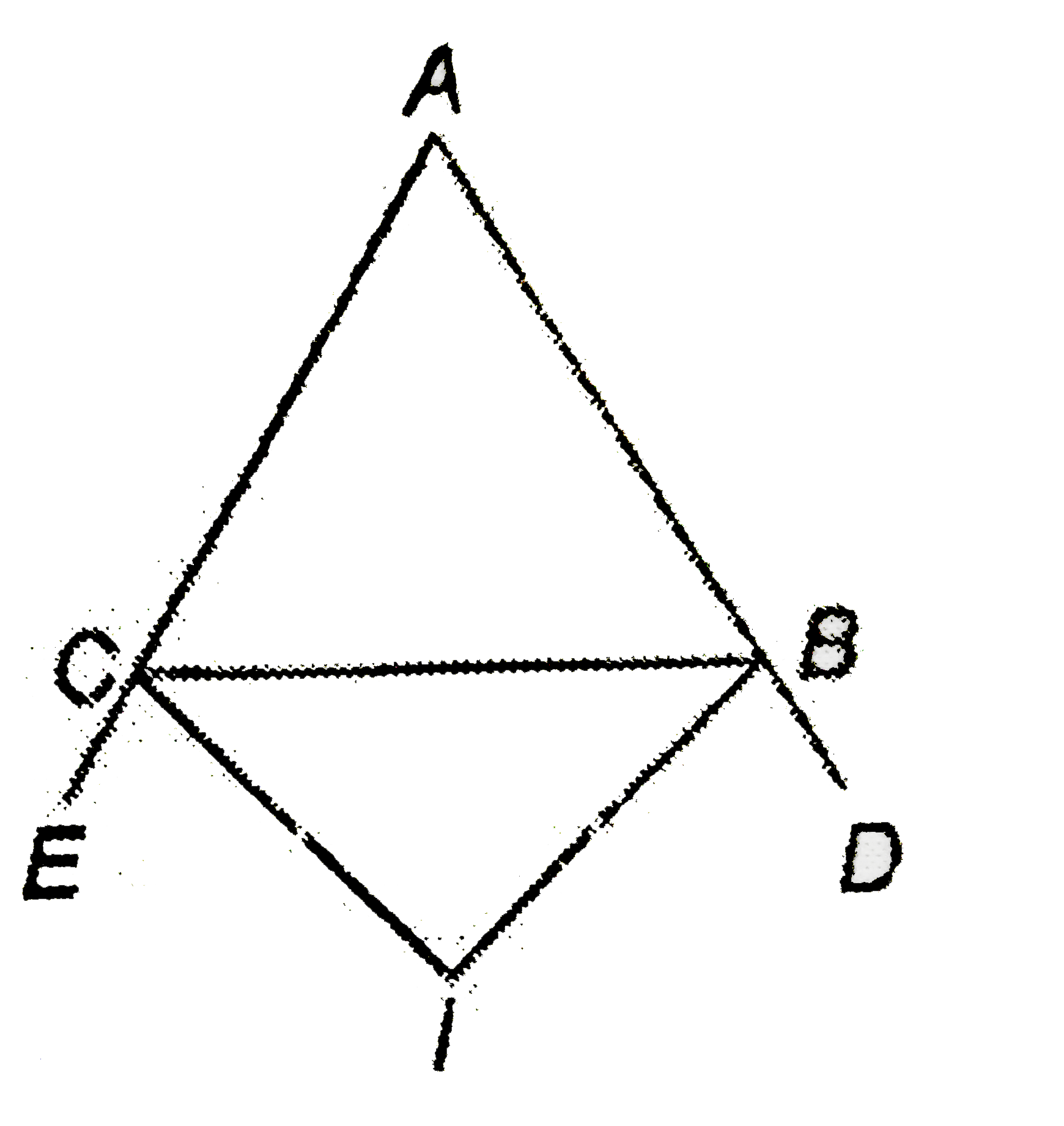
View SolutionIn the given figure, ABCD is a rhombus with angle A = 67∘.
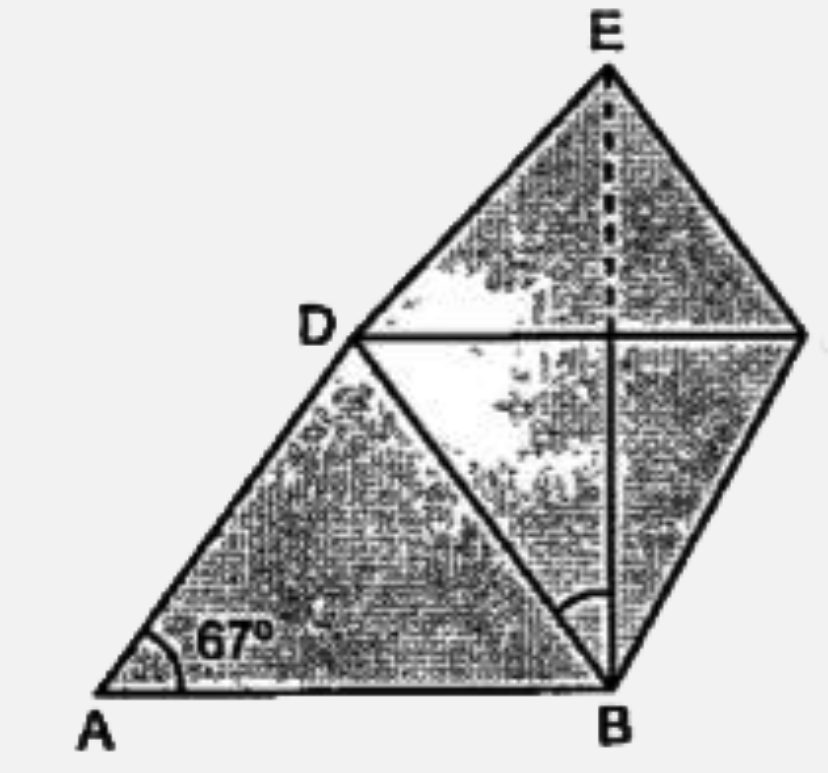
If DEC is an equilateral triangle. Calculate :
(i) ∠CBE (ii) ∠DBE
View SolutionIn the adjoining figure, ABCD is a square and PAB is an equilateral triangle. Find :
(i) ∠APD
(ii) ∠PDC
(iii) ∠DPC
(iv) Prove that DP=CP
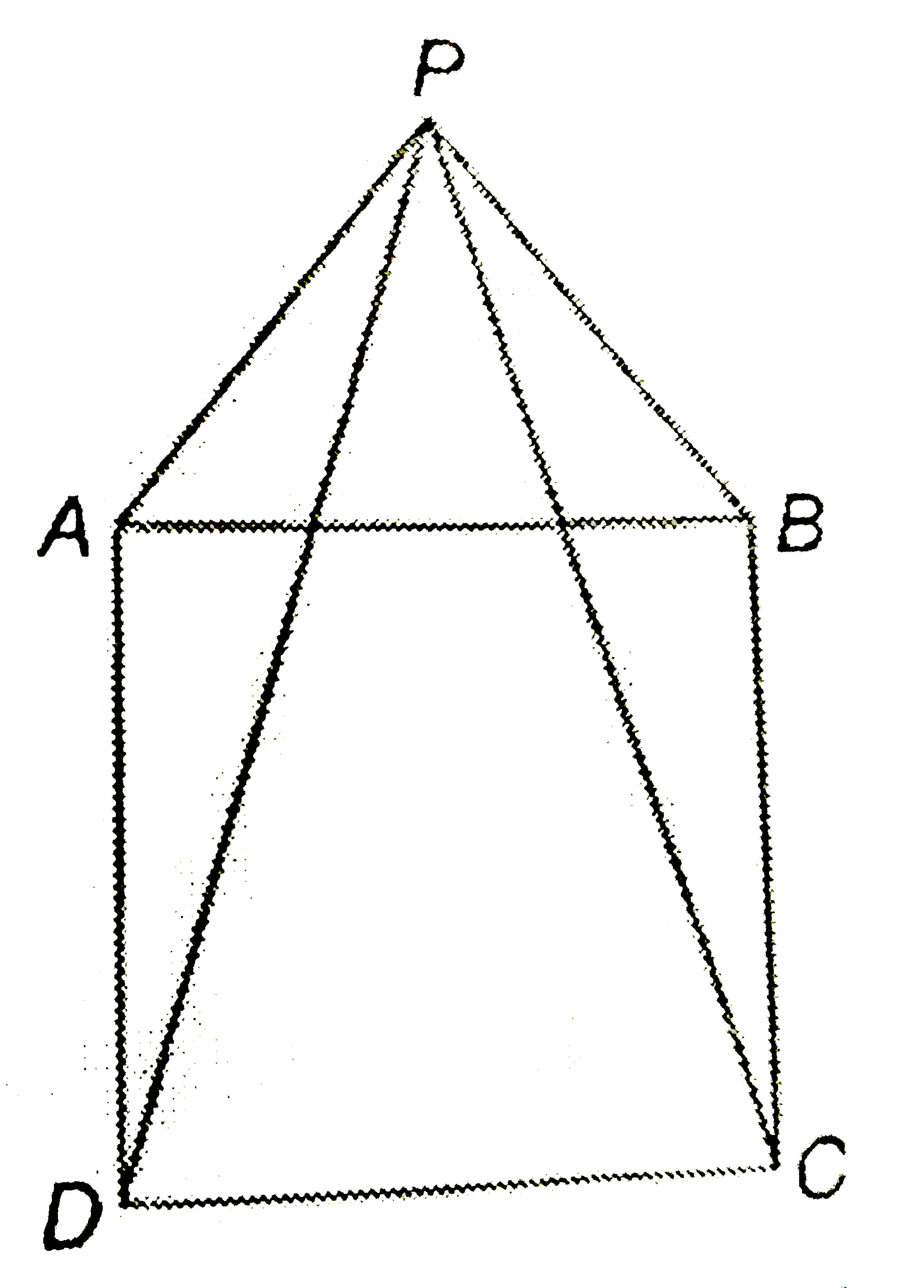
View SolutionIn the adjoining figure, ABCD is a rhombus and ABE is an equilateral triangle. If ∠BCD=70∘, find
(a)∠ADE (b)∠BDE (c)∠BED
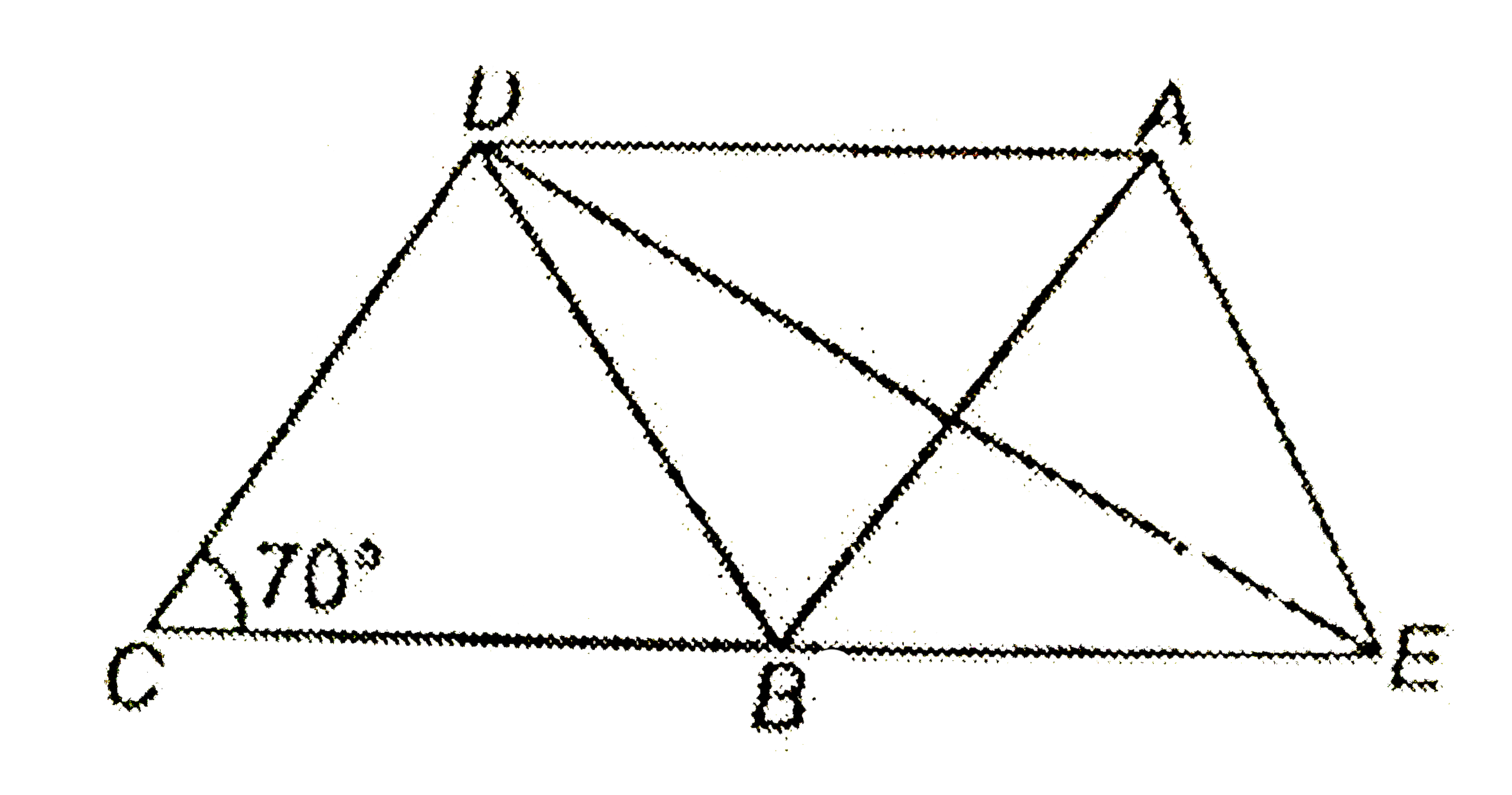
View Solution
